Stephen Yiu joins Andrew Wilkinson to reveal his strategy for spotting companies that defy market chaos. From AI to sports betting, see how global trends drive his winning investments.
Summary – IBKR Podcasts Ep. 224
The following is a summary of a live audio recording and may contain errors in spelling or grammar. Although IBKR has edited for clarity no material changes have been made.
Andrew Wilkinson
Welcome everybody to today’s podcast. My name is Andrew Wilkinson. I’m delighted to welcome to the program today from London, fund manager Stephen Yiu. How are you, Stephen?
Stephen Yiu
Very well, Andrew.
Andrew Wilkinson
Stephen is the Chief Investment Officer and Managing Director at Blue Whale Fund over in London. That’s a fund that is available on the Interactive Brokers platform.
So, Stephen, I’ve been reading a lot about you from your website, and I’m intrigued by the approach and the investing style. And one of the standout things is, first of all, you’re a global investor. So you’re a very good client to Interactive Brokers because you’re doing what we anticipate that all of our clients would like to do, which is trade around the world.
Now, your investing style distills the universe of investable stocks down to just 25 names that you believe have the potential to grow and become more profitable over time.
As a fund manager, does that approach help you see the wood for the trees? Is it a more efficient approach rather than adopting and having to look after a larger universe?
Stephen Yiu
Thank you, Andrew, for that question. I think that goes back to our investment philosophy on how Blue Whale started. And obviously, the name of the fund is called Blue Whale Growth. I got the inspiration from the Natural History Museum in London and basically symbolized significant outperformance.
I think as in today’s world, there have been a lot of challenges, like the rise of the passive, and a lot of investors can actually buy a basket of stocks quite easily.
When we wanted to launch our own fund seven years ago, we needed to do something very different. So, by doing something very different, it means that you need to firstly maybe invest only into a handful of stocks. In our case, that would be between 25 to 35 stocks.
The other thing on top of that is if we can manage to perform significant research in terms of doing a lot more things behind the scenes than our peer group—or maybe the market itself—then we have a better chance of delivering significant outperformance.
I think that is kind of the story in a nutshell. Ultimately, if we ended up holding too many stocks, the level of research we can end up having would probably be immaterial relative to what has been priced in the market.
So then ultimately, it’s a choice that we want to probably maximize our expertise into a handful of stocks. At the same time, if we improve, then we could be able to deliver much better performance than our peer group or the market itself.
Andrew Wilkinson
Stephen, as I was reading through a lot of the commentary on the website, a word jumped out at me. The word is transcend. Your whole approach, your philosophy, revolves around this word transcend. Let’s explain that to the audience, please.
Stephen Yiu
So we do what we call transcendent companies, and the way that we define them is they are very idiosyncratic.
Obviously, when we first started back in 2017, you may recall what had happened since then. We have gone through a mini-recession or slowdown in the U.S. back in 2018–2019, followed by pandemics, interest rates coming down, QE, government handling of paychecks, and then inflation and interest rates going back the other way around.
And then we have two conflicts—in Ukraine and the Middle East. There’s a lot of macro uncertainties going on. I think one of those things that is probably going to become part of our day-to-day is including what Trump is going to do in the next four years in terms of trade tariffs, etc. There’s going to be a lot more uncertainties in the macro domain or in the backdrop of the market environment.
Of course, from a bottom-up stock picker perspective, what we really want to do is find companies that might be able to transcend some of this macro uncertainty, so in a way that they are not so in sync or being sensitive to what Trump might be doing or what the interest rate might be doing.
Ultimately, in that case, you would need a company to have some idiosyncratic drivers. For example, when we first started back in ’17, the first couple of years were very much related to digital transformation. Those opportunities, like e-commerce, digital payment, and digital advertising, transcended the pandemic. We all know that we ended up spending a lot more time using those services or products during the pandemic.
For the last couple of years, while the world has worsened in shape in terms of geopolitical uncertainties, artificial intelligence has transcended macro uncertainties in a way that enterprises continue to spend more money, despite the fact that the outlook for the economy is a bit more uncertain.
Andrew Wilkinson
So can you define some of the global megatrends you’re trying to take advantage of?
Stephen Yiu
So there are a couple in the fund. We do artificial intelligence, which you can come back to at the moment. We would very much prefer AI infrastructure companies such as Broadcom and Nvidia versus the Magnificent Six—Microsoft, Apple, Amazon, Google, etc.—which we are very much underweight on, if not completely out of some of them.
Outside of artificial intelligence, we like some other idiosyncratic opportunities that might be a bit different from our technology exposure. One is U.S. sports gaming. We have a company called Flutter. You may be familiar with its sub-brand, FanDuel. Together with DraftKings, these two companies control over 80% of the market share in U.S. sports gaming.
What we know is Americans love sports. At the same time, the GDP per capita is a lot higher than the rest of the world. When you look at state-by-state legalization of sports gaming, at the moment, about 50% of states or the population have access to sports gaming.
This is very idiosyncratic in that it is not so much dependent on what Trump is going to do because it’s done on a state-by-state basis. Secondly, it’s probably not overly dependent on what’s happening outside of the U.S., for example. So that is quite idiosyncratic.
The other company we like is very different as well—Philip Morris. People might be familiar with it, but what’s interesting about this company is the transition to smoke-free products, like through IQOS. At the same time, they acquired Swedish Match, which produces nicotine pouches. They’re doing quite well in terms of transition.
Since Philip Morris separated from Altria back in 2008, they have operated outside of the U.S. However, they recently got the license to market IQOS back in the U.S., which could take some market share from local players.
Lastly, we also invest in healthcare equipment companies focused on biologics. Within the fund, we have Danaher and Sartorius. We strongly believe in the long-term development of biologics, which could enable personalized medicine, similar to how the COVID vaccine was developed.
Andrew Wilkinson
So let’s bring it back to artificial intelligence. I want you to try and respond to this. What are the prospects for AI in light of three major things that have happened in the last four weeks—Project Stargate, the DeepSeek initiative from China, and the Trump administration’s announcement on tariffs?
Stephen Yiu
I think the most important question investors should ask themselves—which is also a question we constantly challenge ourselves with—is: How much do you believe generative AI will change the world, both in our daily lives and in the enterprise domain?
So, we’ve seen a lot of AI applications, such as ChatGPT, Google Gemini, image generation through Firefly, MidJourney, or even transcription of conference calls in real-time and summarizing essays. That’s a lot of things that AI can do, but we think that a lot of these are just the early innings.
If you believe that there are more developments to come, such as AI agents, etc., many of these advancements, such as Stargate, have become national interests, with every country wanting to embrace some form of sovereign AI so that you’re not dependent on another country to provide you the capability.
That is probably going to happen not just in the U.S., but also in Europe and maybe even in Asia.
At the same time, what DeepSeek has contributed to that equation is there were two bottlenecks in the industry before they started the revolution. One was the cost of training a model and ultimately the price that people would need to pay for the service. The second was the energy intensity.
What DeepSeek has showcased is that you can use many fewer GPUs to train models and still get similar outputs to what ChatGPT might have delivered. At the same time, the energy intensity is a lot lower.
We believe that off the back of this revolution, more startups will be able to come in and develop AI applications. It’s no longer confined to just big tech. Previously, if you didn’t have access to billions of dollars in funding, you wouldn’t be able to deliver an AI application that could be a market-fit product.
But now, DeepSeek has shown that you can do it with millions, not billions. This is very positive for the development of AI, and we are going to see many more applications emerge to challenge the incumbents. This is also very good for consumers and enterprise users.
I think the last point about tariffs is a bit tricky. Obviously, one thing we do like about the semiconductor equipment industry is silicon sovereignty. For example, within the fund, we’ve selected semiconductor equipment companies like Lam Research and Applied Materials.
As we all know, in 2022 we had the CHIPS Act in the U.S., followed by a similar European act in Europe. To date, there are over $400 billion worth of commitments to spend on building foundries outside of Taiwan.
So, you have many foundries being built in the U.S., as well as in Europe, in Germany, Japan, South Korea, etc. What this means is that you want to localize production to de-risk away from Taiwan. If tomorrow Taiwan is no longer autonomous, you can still have access to those chips.
In terms of tariffs for semiconductors or GPUs, I think that journey started with the CHIPS Act in 2022, and that will continue. Hopefully, maybe Trump would accelerate that development. I think it’s actually very helpful to the industry in itself, particularly for the semiconductor equipment companies that sell mission-critical equipment.
Andrew Wilkinson
Stephen, how important is it to you to remain a global investor? You’re from London, you’re investing a lot into the United States, but your focus is global. How important is that for the fund?
Stephen Yiu
It’s very important. I would say, even though, going back to the last seven years, we’ve had a bias toward North American companies. On average, we probably had about 60 to 70 percent exposure to American companies over the last seven years.
Of course, the composition of those opportunities has been very different seven years ago compared to today. But it just happens that most of our opportunities that we really like have ended up being American companies.
From my perspective, looking back to how the fund was started seven years ago, I truly believe in a global approach. While we do have a bias toward North American companies, I don’t want to be limited. I want to maintain the flexibility that, in time, if maybe Trump creates too much chaos, or if Trump is no longer running and we have a different administration, maybe things could change.
So, from an investor point of view, I’m indifferent to where the opportunity sets are. I’m very happy to invest in British, European, or even some Asian companies. As far as the investor is concerned, you want to be able to explore different opportunities from a bottom-up perspective.
I would say that so far, those opportunities have been very much with North American companies, which we still like. But over time, that could change.
As we all know, the market goes in cycles. Even though we still have quite a few names in the U.S., you can start to see the valuation gap between American companies and European companies growing bigger and bigger.
A lot of people are commenting that the U.S. is very much overvalued compared to European counterparts. While I understand the rationale, it’s clear that American companies have higher quality and better growth opportunities compared to European companies. But at some point, that could change.
There’s always a price that you’re willing to pay for the premium of some of these prestige assets. If the price continues to widen, then maybe you want to consider something different. Ultimately, we are trying to maximize our investors’ returns by investing in the best opportunities—not just companies that are taking market share from other players or gathering more spending from consumers or enterprise users—but also making sure the price you pay for those assets is right for the long-term return profile of the stocks.
Andrew Wilkinson
Do you ever take a negative view of the overall market and decide, “Nope, we need to lighten up the load?” If that happens, then what does it look like? What do you do?
Stephen Yiu
I think the answer is both yes and no. We run a long-only equity strategy, so this is not a multi-strat fund. There’s a limitation to what we can do. On a very high level, we can raise some cash, but it’s not like we can go into 90 percent cash and not have anything. This is a long-only strategy.
What we say to people is the recommended time horizon to invest in a fund like ours would be about three to five years. So, if you are investing with a much shorter time horizon, maybe you shouldn’t be considering such a strategy. The way we think about things, how we manage the fund, and how we size opportunities would be taking a three to five-year view to start with.
On a very high level, this is one of those things that investors have to consider for themselves. I’ve been doing this for more than 20 years now, and you’d have followed the market closely. There’s always a lot of uncertainties. There’s always speculation about whether the markets are too expensive or if there’s going to be a bubble or a crash.
But when you really look at the long-term trend of, let’s say, the American stock market, it’s not a given that it will repeat itself. The long-term trend is going up on a very high level.
If you can time the market quite well—which I don’t think many people can do consistently—then you’ll probably make more money than what the S&P could have given you. The S&P’s annualized return is about 10 percent on average, maybe over the last 30 years or so.
If you can time the market well, you might be able to get 13–14 percent. But if you time the market incorrectly, you might actually get a lower return because you miss out on the bull market, or maybe you sold too early.
From our perspective, we invest in companies that we feel confident about, even if the share price might have gone down a lot, like it did in 2022. But we still have confidence in the earnings power of those companies, so we stick with them.
Of course, whether you care about short-term volatility… I don’t like to see my portfolio down 10–20%, but if that’s something that worries you, then maybe you shouldn’t be involved in equity funds to begin with. There’s always volatility. You should not panic.
What you should worry about is if the company or the asset you’re invested in is of low quality, which may end up with a permanent loss of capital—that means you can’t get your money back.
But if Microsoft’s share price is down 10–20% just because the market is a bit uncertain, I think that’s fine. Ultimately, Microsoft is a business that will be around for many years to come.
So, I think that’s a choice investors have to make themselves. But for us, we try to avoid panic, but I wouldn’t say that we make drastic moves.
Andrew Wilkinson
Thanks to Stephen Yiu, CIO and Managing Director at Blue Whale Growth Fund in London’s Mayfair district. Thanks for joining me, Stephen.
Stephen Yiu
Thank you.
Andrew Wilkinson
And to the audience, remember to get updates on all of our episodes by subscribing wherever you download your podcasts from.
Disclosure: Blue Whale Growth Fund
Blue Whale Growth Fund is not available to clients of Interactive Brokers LLC.
Disclosure: Interactive Brokers
The analysis in this material is provided for information only and is not and should not be construed as an offer to sell or the solicitation of an offer to buy any security. To the extent that this material discusses general market activity, industry or sector trends or other broad-based economic or political conditions, it should not be construed as research or investment advice. To the extent that it includes references to specific securities, commodities, currencies, or other instruments, those references do not constitute a recommendation by IBKR to buy, sell or hold such investments. This material does not and is not intended to take into account the particular financial conditions, investment objectives or requirements of individual customers. Before acting on this material, you should consider whether it is suitable for your particular circumstances and, as necessary, seek professional advice.
The views and opinions expressed herein are those of the author and do not necessarily reflect the views of Interactive Brokers, its affiliates, or its employees.
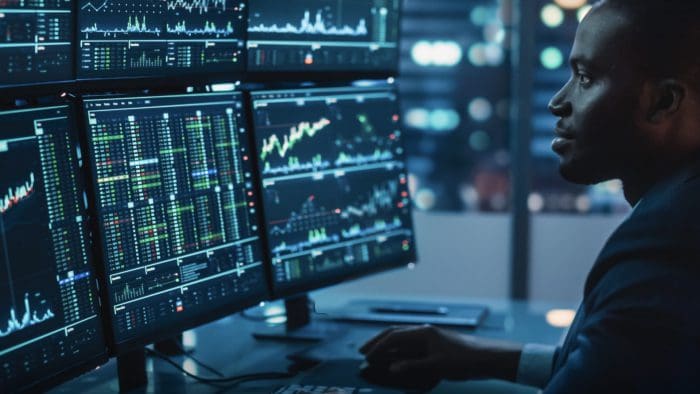
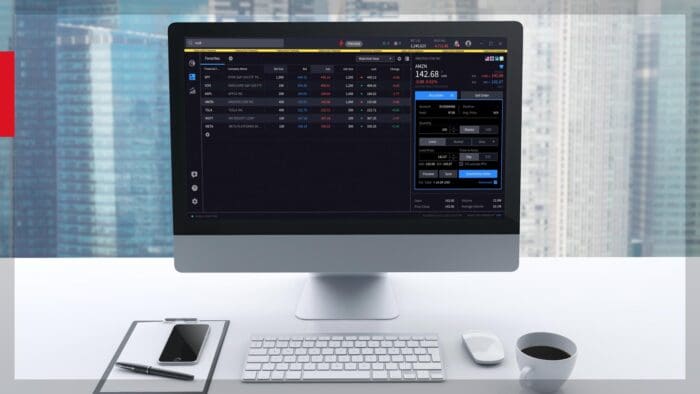


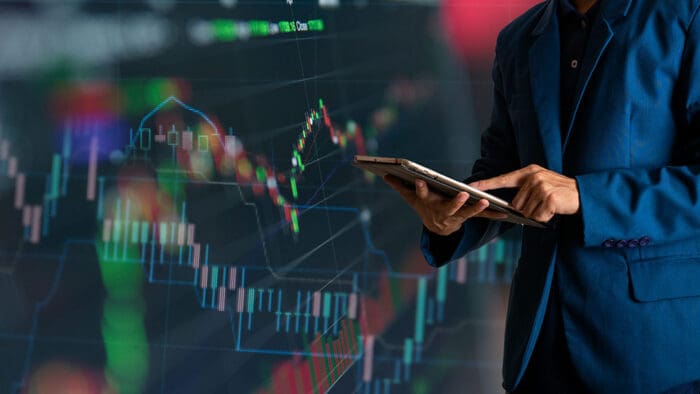

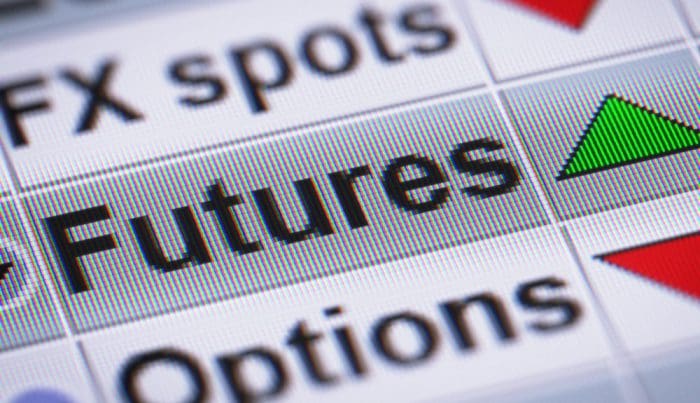

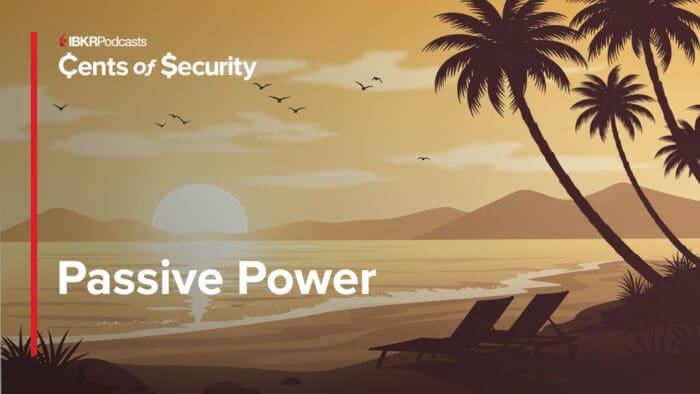
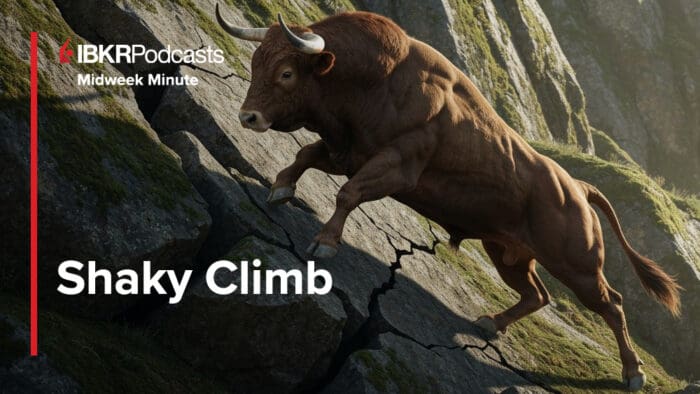

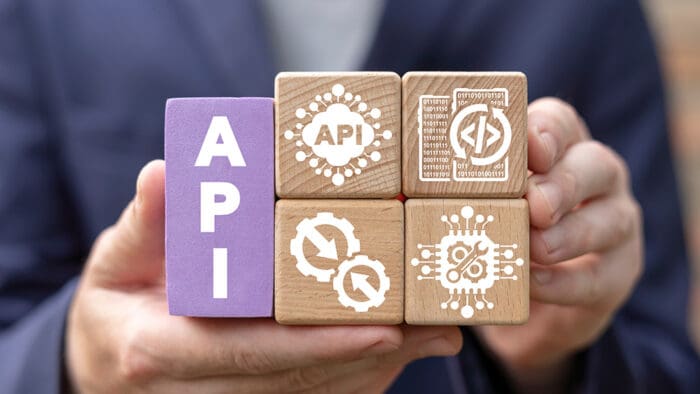
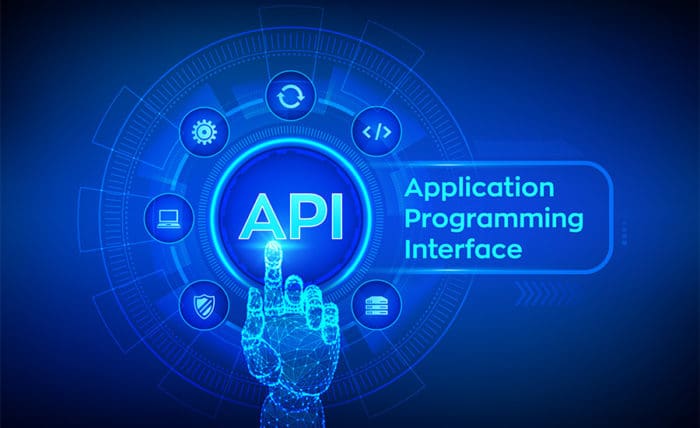
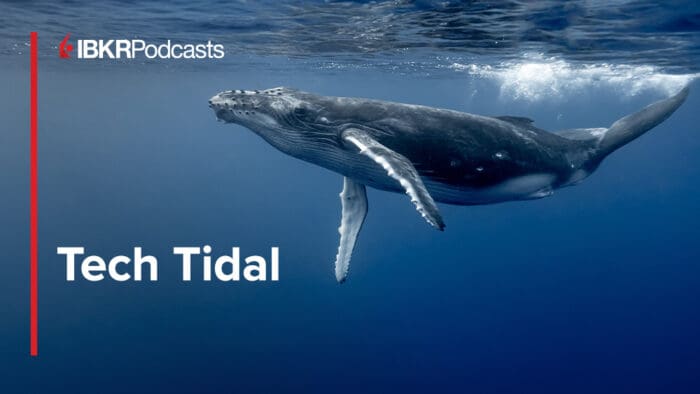

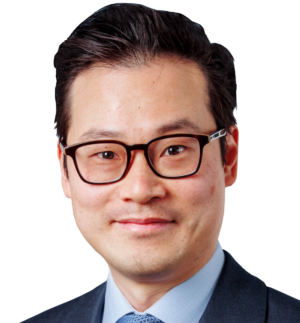
Join The Conversation
For specific platform feedback and suggestions, please submit it directly to our team using these instructions.
If you have an account-specific question or concern, please reach out to Client Services.
We encourage you to look through our FAQs before posting. Your question may already be covered!